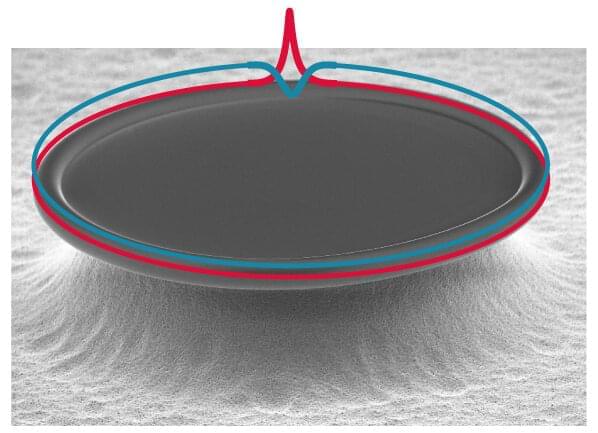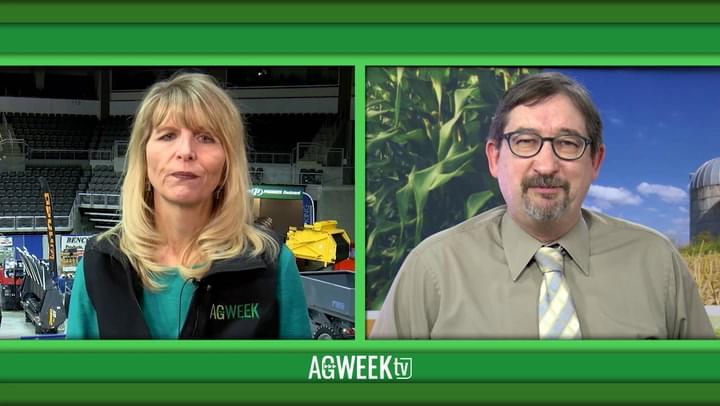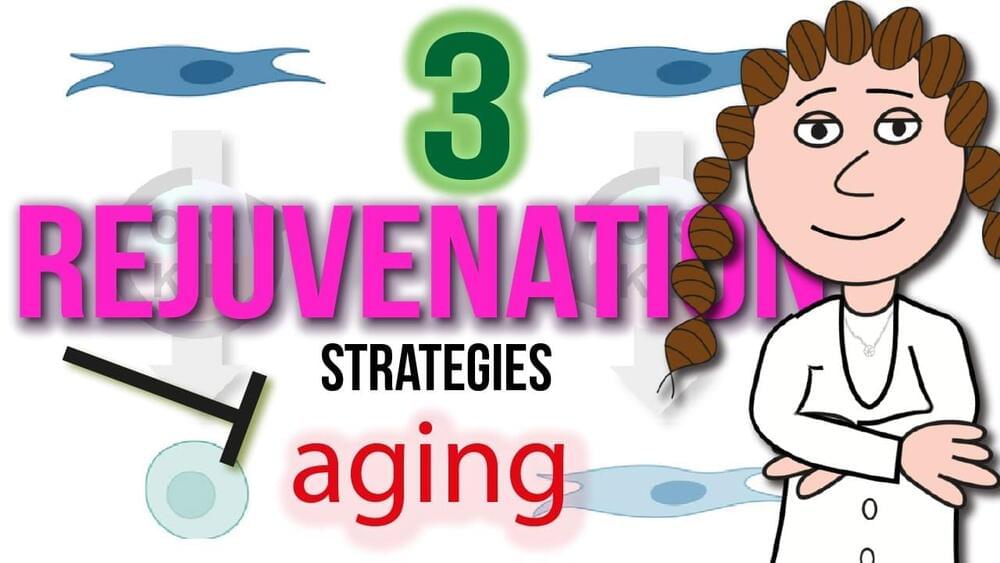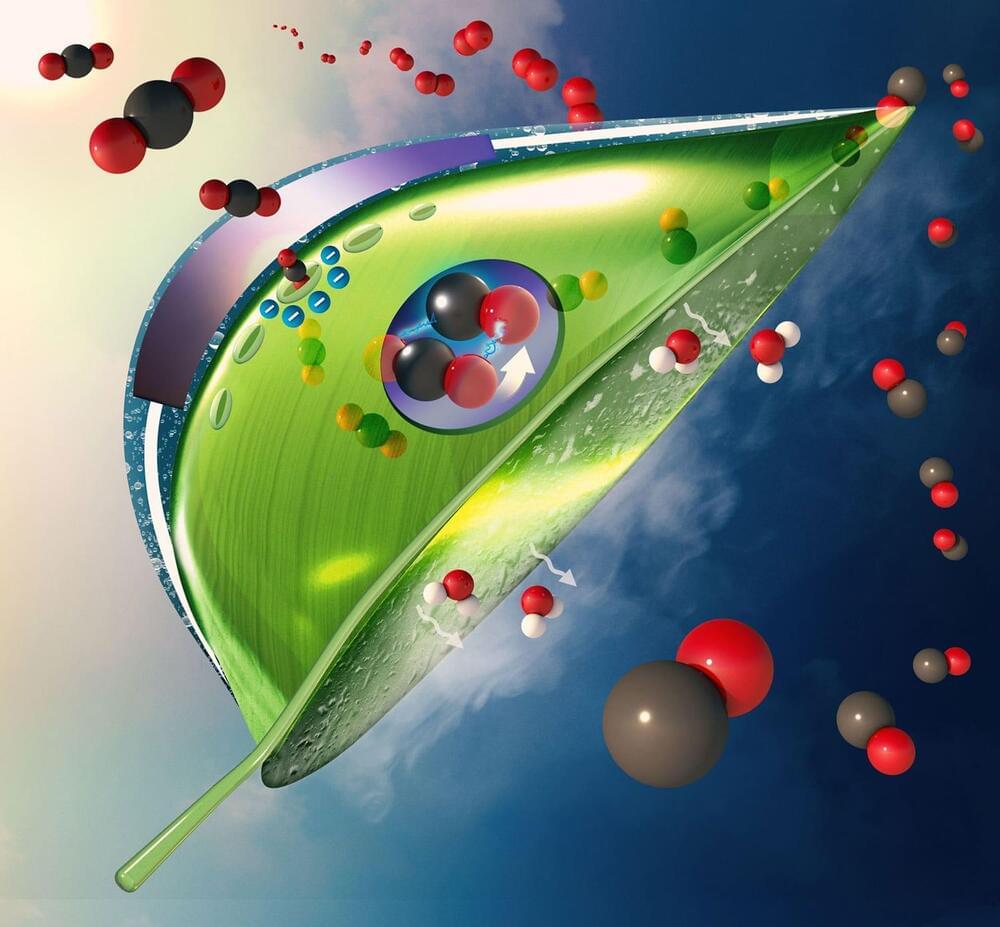Jan 29, 2022
Indonesia Is Changing Its Capital Because of Jakarta’s Unsolvable Problems
Posted by Gemechu Taye in categories: biotech/medical, economics, government, sustainability
“The main goal is to build a smart new city, a new city that is competitive at the global level, to build a new locomotive for the transformation… toward an Indonesia based on innovation and technology based on a green economy.”
Environmental groups not on board However, not all are on board with Widodo’s new plans. Environmental groups worry that the new city may disturb the orangutans, leopards, and other wildlife that already live there. There is also the fact that the new development would cost a whopping $34 billion, a price much too high to pay during an already costly pandemic.
Full Story:
Continue reading “Indonesia Is Changing Its Capital Because of Jakarta’s Unsolvable Problems” »


















